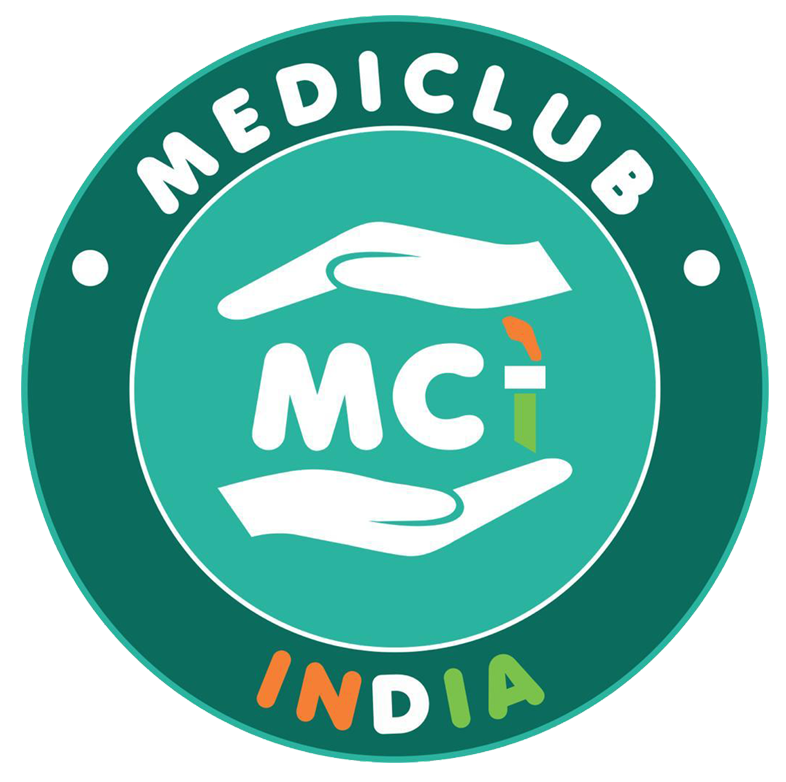Stroke Prevention: How to Reduce Your Risk
Stroke is a leading cause of disability and death worldwide. Fortunately, many strokes are preventable with lifestyle changes and medical interventions. Dr. Kunal Bahrani, the best stroke specialist in Faridabad, offers unparalleled expertise and compassionate care in stroke treatment. This article offers essential information on stroke prevention and ways to reduce your risk of stroke.
Understanding Stroke
A stroke occurs when the blood supply to part of the brain is interrupted or reduced, depriving brain tissue of oxygen and nutrients. Within minutes, brain cells begin to die. There are two main types of strokes: ischemic, caused by a blockage in an artery, and haemorrhagic, caused by a blood vessel rupture. Recognizing the symptoms and risk factors of stroke is crucial for prevention and timely treatment.
Key Risk Factors for Stroke
High Blood Pressure (Hypertension)
High blood pressure is the most significant risk factor for stroke. It damages blood vessels, making them more likely to clog or burst. Regular monitoring and managing blood pressure through lifestyle changes and medications are critical.
Diabetes
Diabetes increases the risk of stroke as high blood sugar levels can damage blood vessels over time. Managing diabetes effectively with a balanced diet, regular exercise, and medication can reduce this risk.
High Cholesterol
Elevated levels of cholesterol can lead to atherosclerosis, a condition where arteries become narrowed and hardened, increasing the risk of stroke. Regular cholesterol checks and a diet low in saturated fats and trans fats are essential.
Smoking
Smoking accelerates the development of atherosclerosis and raises blood pressure, significantly increasing the risk of stroke. Quitting smoking is one of the most effective ways to reduce this risk.
Obesity
Excess body weight, especially around the abdomen, increases the likelihood of stroke. Maintaining a healthy weight through a balanced diet and regular physical activity is crucial for stroke prevention.
Physical Inactivity
A sedentary lifestyle contributes to several stroke risk factors, including obesity, high blood pressure, and diabetes. Engaging in regular physical activity helps maintain a healthy weight and lowers the risk of stroke.
Unhealthy Diet
Diets high in salt, saturated fats, trans fats, and cholesterol can increase the risk of stroke. A diet rich in fruits, vegetables, whole grains, lean proteins, and low-fat dairy can help reduce this risk.
Heart Disease
Conditions like atrial fibrillation (irregular heartbeat) and heart failure can increase the risk of stroke. Proper management of heart disease through medication and lifestyle changes is vital.
Effective Strategies for Stroke Prevention
Monitor and Control Blood Pressure
Regular blood pressure checks are essential. If your blood pressure is high, work with your healthcare provider to manage it through lifestyle changes, such as reducing salt intake, exercising regularly, and taking prescribed medications.
Manage Diabetes
Keeping blood sugar levels under control is crucial for reducing stroke risk. Follow your doctor’s advice on diet, exercise, and medications to manage diabetes effectively.
Maintain Healthy Cholesterol Levels
Regular cholesterol testing and managing levels through diet, exercise, and medication, if necessary, can significantly reduce stroke risk. Focus on consuming heart-healthy foods, such as oats, fatty fish, nuts, and seeds.
Quit Smoking
Seek support to quit smoking, such as nicotine replacement therapy, counselling, or prescription medications. The benefits of quitting smoking begin almost immediately and continue to grow over time.
Adopt a Healthy Diet
Aim for a balanced diet rich in nutrients. Include plenty of fruits, vegetables, whole grains, lean proteins, and healthy fats. Reduce intake of processed foods, sugary drinks, and high-sodium snacks.
Stay Physically Active
Engage in at least 150 minutes of moderate-intensity aerobic activity, such as brisk walking, or 75 minutes of vigorous-intensity activity, like running, each week. Include muscle-strengthening activities on two or more days a week.
Maintain a Healthy Weight
Calculate your body mass index (BMI) to determine if you are at a healthy weight. Work with your healthcare provider to develop a weight-loss plan if needed. Focus on gradual, sustainable changes rather than quick fixes.
Limit Alcohol Consumption
Excessive alcohol intake can raise blood pressure and contribute to stroke risk. Men should limit alcohol to two drinks per day, and women should limit it to one drink per day.
Manage Stress
Chronic stress can contribute to high blood pressure and other stroke risk factors. Practice stress-reducing techniques such as mindfulness, meditation, yoga, or deep-breathing exercises.
Take Medications as Prescribed
If you have conditions like high blood pressure, diabetes, or heart disease, take medications exactly as prescribed by your healthcare provider. Regular follow-ups and adjustments may be necessary.
When to Seek Help
Recognizing the signs of a stroke and seeking immediate medical attention can save lives and reduce the risk of severe disability. The acronym FAST helps identify stroke symptoms:
- Face drooping: Is one side of the face numb or drooping?
- Arm weakness: Is one arm weak or numb?
- Speech difficulty: Is speech slurred or hard to understand?
- Time to call emergency services: If you observe any of these symptoms, call emergency services immediately.
In conclusion, Stroke prevention is possible through proactive management of risk factors and lifestyle changes. Dr. Kunal Bahrani, the best doctor for Stroke Treatment in Faridabad, emphasizes the importance of regular check-ups, healthy living, and prompt medical attention to reduce the risk of stroke. For consultations and expert care, contact Dr. Kunal Bahrani at +91 8527841220. Taking steps now to manage your health can significantly lower your risk of stroke and improve your overall quality of life.

